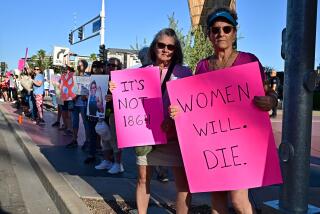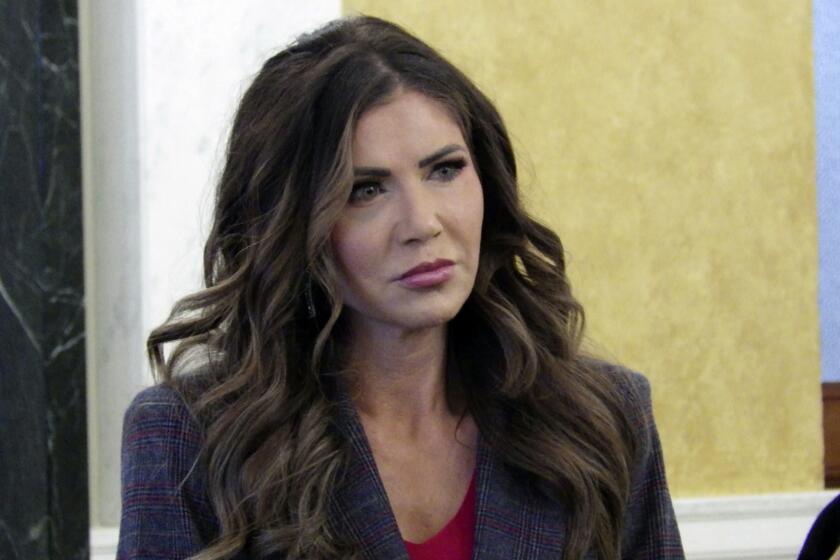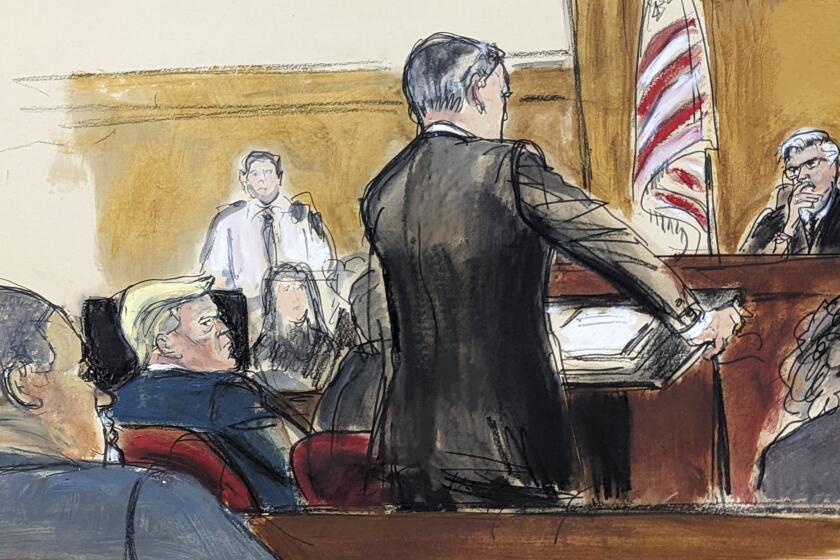Column: Right-to-die laws: Do we have the gumption to make such big life decisions?
It’s been nearly a year since Brittany Maynard, a 29-year-old terminally ill California woman, made headlines with her public decision to take her own life to avoid a painful end from brain cancer. Maynard, who died in November, moved to Oregon because California has no right-to-die laws on the books.
But last week, in special session maneuvering, the Assembly passed the End of Life Option Act, a bill modeled after Oregon’s 2-decade-old law. Gov. Jerry Brown, a bit of a wild card in that he’s a liberal but also a Roman Catholic, has 12 days to sign it once the bill is on his desk (which hadn’t happened as of Wednesday afternoon).
Even though a majority of Californians — and Americans — support right-to-die laws, another version of the measure in Sacramento was withdrawn earlier in the session when it became evident it didn’t have the votes to get out of the Assembly Health Committee. Now, even reliable proponents of assisted suicide legislation, such as The Times’ editorial board, have decried the act’s passage in a special session meant to deal with other matters. (The Times has still come out in favor of the governor signing it.)
Like a lot of debates that hinge on deeply personal emotions and decisions, the right-to-die question rests for many people in that delicate balance between “what I believe” and “what I’d do if it were me or a loved one.” We can look at the history of another deeply fraught culture war battle — over abortion legislation — and see direct parallels in the way such issues tap into a particularly American brand of conflicted morality.
I’m not just talking about the conflict between religious beliefs and personal freedoms, for instance the inner struggle of a pregnant woman who doesn’t agree with abortion on principle but also doesn’t want a baby right now, or the agony of a religious family coping with a loved one’s end-of-life suffering. I’m also talking about our peculiar resistance, even aversion, to making big life decisions, maybe because our dizzying array of options can engender a paralyzing fear of choosing the wrong thing.
In contrast to the existentialist, self-reliance-based tenets that informed much of the late 20th century — in 1946 Jean-Paul Sartre said that “if I do not choose, that is still a choice”; in 1968, then-California Gov. Ronald Reagan talked about restoring “the American precept that each individual is accountable for his actions” — the language we use today to talk about personal choice is often imbued with a kind of magical thinking. For all the stock we place in being masters of the universe, there seems to be a burgeoning affinity for statements such as “let the universe decide.”
When it comes to how we die, can the universe really be trusted? Anyone who’s witnessed brutal, seemingly needless suffering at the end of life has surely harbored doubts in that department. At the same time, the idea of using legally prescribed drugs to literally take death in hand requires a faith in our judgment that can be hard to come by.
But just as abortion, at least for the majority of Americans, managed to evolve over the years from an unspeakable back-alley practice to a difficult if constitutionally protected expression of sovereignty over one’s own body, the right-to-die movement seems poised to become a possibility we can learn to contend with. At least if we’re smart and emphasize that aid-in-dying, like reproductive freedom, is ultimately about having a choice.
I’m not suggesting the two issues have everything in common. Nor do I want to open the door for noisome and overly simplistic logic on the order of “There’s a difference between the choice to kill yourself and killing your child.” (OK, I just did; consider it kicked back closed.) It’s well documented that in 18 years of Oregon’s Death With Dignity Act, the number of patients who’ve requested and received prescriptions is significantly higher than the number who’ve actually used them.
In other words, as with abortion, which was not only extremely common but exponentially more dangerous before it was legal, lawful physician-assisted suicide is a right whose power is derived not so much from exercising it as from knowing it’s an option. And that is powerful indeed.
To get there, however, we may need to give the fates a day off every now and then and develop a healthier relationship to our own sense of autonomy. And when a California governor eventually does sign right-to-die legislation — be it next week or next year or five years from now — we won’t just have the universe to thank but our own good sense.
Twitter: @meghan_daum
Follow the Opinion section on Twitter @latimesopinion and Facebook
More to Read
A cure for the common opinion
Get thought-provoking perspectives with our weekly newsletter.
You may occasionally receive promotional content from the Los Angeles Times.







